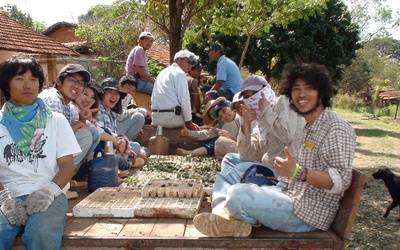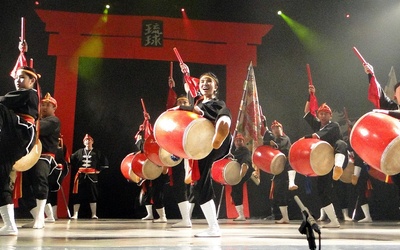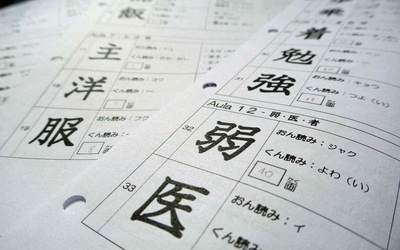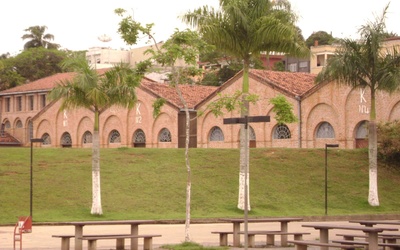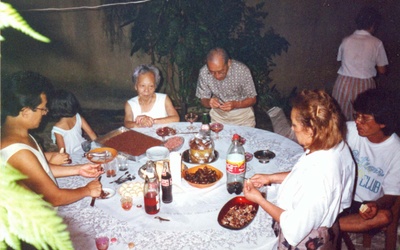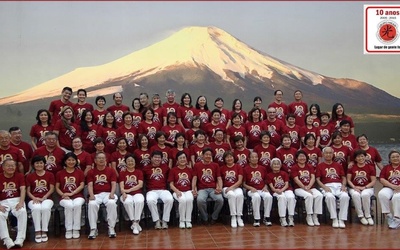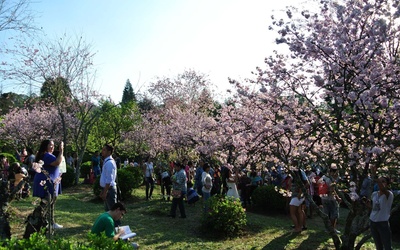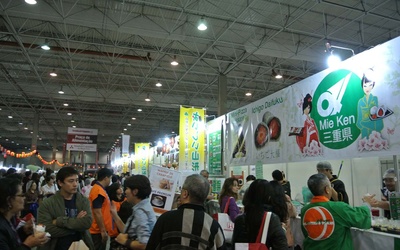
Tatiana Maebuchi
@tatianamaebuchiBorn in São Paulo, Tatiana Maebuchi is a third generation Japanese Brazilian on her mother’s side, and fourth generation on her father’s side. She is a journalist with a degree from the Pontifícia Universidade Católica in São Paulo, and has written for magazines, websites, and media marketing. She is also a travel blogger. As a member of the communications team of the Brazilian Society of Japanese Culture and Social Welfare (Bunkyo), Maebuchi helped contribute to the dissemination of Japanese culture.
Updated July 2015
Stories from This Author
Brazil’s Unique, Self-Sustaining Yuba Community
July 4, 2016 • Tatiana Maebuchi
EDITOR’S NOTES: In the 1930s, a group of Japanese immigrants settled in an area of Brazil called Aliança with the intention of establishing a colony. Among them were Isamu Yuba and his family. Yuba, along with some friends, later went on to purchase land in the area. They had a vision of establishing their own self-sustaining farming community with the values of “cultivation, prayer, and art” at the forefront. Their vision eventually became the Yuba Community. Today, the Yuba Community …
Nikkei united by the drums of Okinawa
April 7, 2016 • Tatiana Maebuchi
In Brazil, there are today approximately 150 taiko groups, according to the Brazilian Taiko Association – ABT. One of the highlights is the Ryukyu Koku Matsuri Daiko Brasil, which preserves Japanese and Okinawan culture, mainly in the country. About the group Ryukyu Koku Matsuri Daiko, a name that means “Festive Drums of the Kingdom of Ryukyu”, was founded in Okinawa, a province in the extreme south of Japan, in 1982, by young Okinawans with the ideal of preserving and spreading …
Current teaching of the Japanese language in Brazil
March 16, 2016 • Tatiana Maebuchi
Brazil has the largest community of descendants outside of Japan. Today there are approximately 1 million and 600 thousand descendants of Japanese, with a greater concentration in the states of São Paulo, Paraná, Mato Grosso do Sul and Pará. In terms of teaching the Japanese language , started with immigrants, there are more than 300 schools and around 20 thousand students in the country. Teaching in Brazil: culture, identity and values According to research data carried out in 2012 by …
Being a Brazilian Nikkei: yesterday and today
Feb. 11, 2016 • Tatiana Maebuchi
From childhood to adulthood, I can say that as a Brazilian Nikkei I lived and saw some aspects of coexistence between descendants. I also observed that Japanese culture has gradually become popular and this has certainly influenced, along with other changes – for example, the view I have of my roots – the way I live today in relation to the Japanese-Brazilian community and that of non-descendants. . Japanese roots I remember that during my childhood I was often asked …
The historical importance of my grandparents’ cities
Jan. 18, 2016 • Tatiana Maebuchi
My great-grandparents came from Japan and lived in the interior of São Paulo, in the cities of Registro, in Vale do Ribeira, and Álvares Machado, in the west of São Paulo. Interestingly, my family settled in these cities that have great importance in the history of the Japanese-Brazilian community. Registration, support for Japanese immigration in Brazil The largest city in the Ribeira Valley, Registro is known as the “Capital of the Valley” or “Capital of Tea”. It became the Landmark …
A New Year in Japan and Japanese New Year in Brazil
Dec. 18, 2015 • Tatiana Maebuchi
Until a year ago, I had an idea of what the New Year tradition is like in Japan ( shogatsu ). The date is important in the country because it is religious. And when I traveled there, I saw some of this celebration up close. It was an interesting and different experience, because I realized that Japanese-Brazilians only maintain some customs that are strong in their families' country of origin. Bonenkai and shinnenkai, the end of year festivities In Japan, …
Nikkei Glow
Nov. 27, 2015 • Tatiana Maebuchi
Londrina, a city in the north of the state of Paraná, is the second community with the largest number of Japanese descendants in Brazil, with around 30 thousand Nikkei , being one of the largest in the world outside of Japan. It is there where the Hikari Group emerged and operates , which turns 10 this year. How the group was created Former members of the youth group from the Nishi Hongwanji Buddhist Temple in Londrina who had been away …
A tour of Japanese culture spaces
Oct. 19, 2015 • Tatiana Maebuchi
Exhibition spaces are important for keeping Japanese culture alive - in addition to the history of immigrants, responsible for bringing their customs to Brazil - and also for disseminating it. In the city of São Paulo, the Japanese Pavilion and the Historical Museum of Japanese Immigration in Brazil are worth mentioning, managed by the Brazilian Society of Japanese Culture and Social Assistance - Bunkyo. Japanese Pavilion, the symbol of Brazil-Japan friendship Located within Ibirapuera Park, the Japanese Pavilion was built …
Japanese culture celebrated at festivals
Sept. 9, 2015 • Tatiana Maebuchi
2015 marks the 120th anniversary of the Treaty of Friendship, Navigation and Commerce between Brazil and Japan, signed on November 5, 1895 in Paris, France. Therefore, Japanese-Brazilians are celebrating this historic milestone with a series of events. Some are festivals that I knew and attended in São Paulo, the city where I currently live, and which I like because of their importance as a representation of Japanese culture within the community of descendants and also because of their significance in …
My discovery of Japanese culture
Aug. 11, 2015 • Tatiana Maebuchi
My family is all of Japanese descent. My great-grandparents are Issei , my grandparents were born in Brazil - they are Nisei - and married descendants, as did my parents, who are Sansei . Despite this, little of the culture of my roots was passed on to me. I truly discovered Japanese culture as an adult. Learning in childhood and denial in adolescence During my childhood, I would visit my paternal grandmother in the interior of São Paulo - or …

